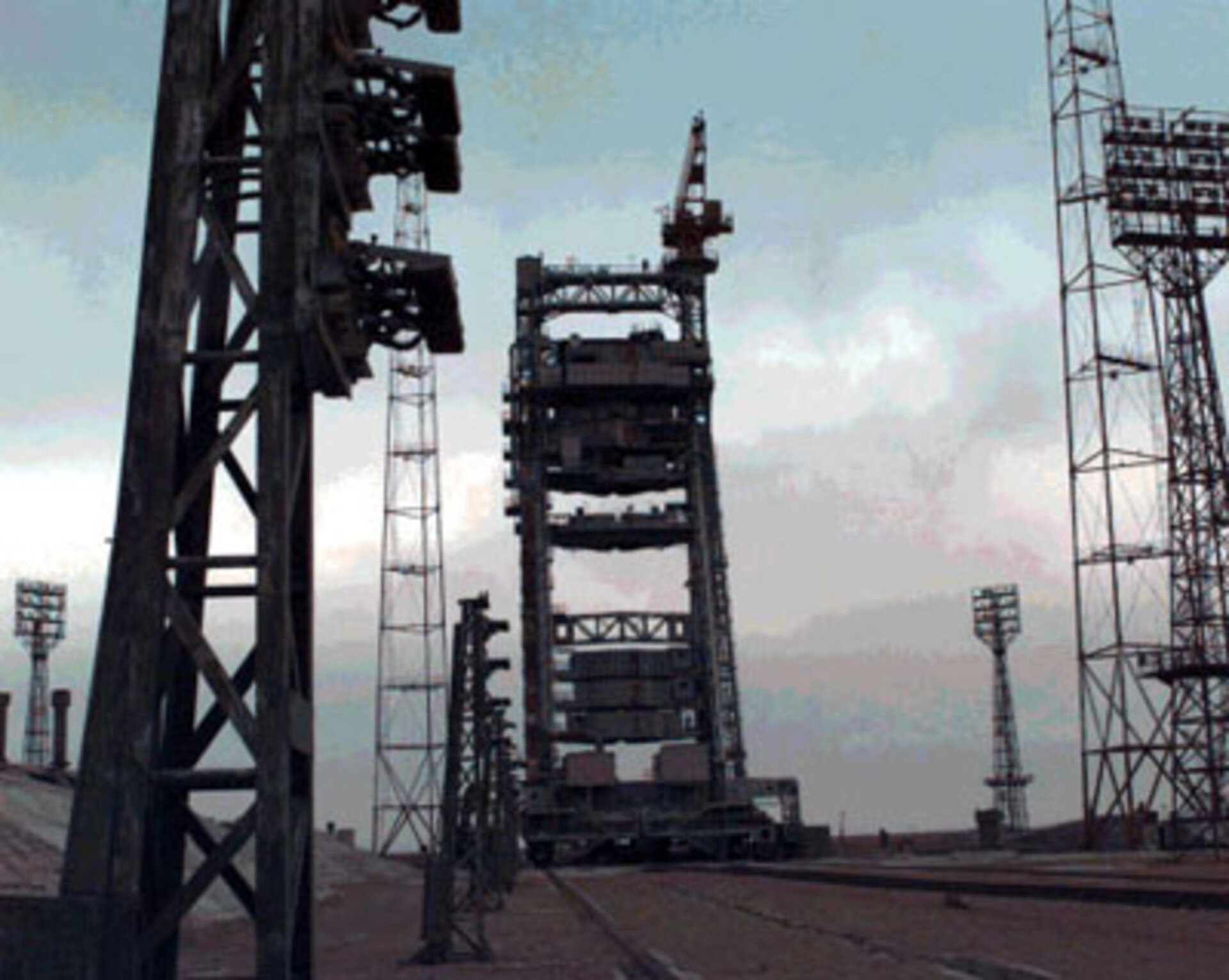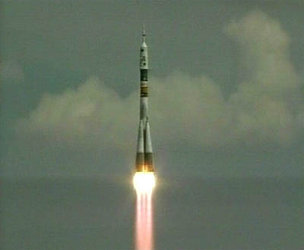Baikonur: Steppe into Space
1 May 2002 When ESA’s Robert Vittori and his crewmates launched from Baikonur on their April Marco Polo Soyuz taxi mission, they were setting out on a job that has only been possible since the ISS became operational in November 2000. But they were following in some very illustrious footsteps – sometimes quite literally.
The Baikonur Cosmodrome was once the mysterious heart of the super-secretive space programme of the former Soviet Union. Now, Baikonur is in independent Kazakhstan (although the Russians lease its 5,500 square kilometres from the Kazakhs). European and American scientists and astronauts are regular visitors; these days, most of the Cosmodrome’s mystery has gone.

But Baikonur is still the stuff of legend. It was the scene of the first great triumphs of the space age, as well as more than one great tragedy. Baikonur’s Launch Pad 1, where the Marco Polo mission began, is probably the world’s most historic launch site. It was from that same pad, on 4 October 1957, that Sputnik 1 was hurled into orbit atop a modified intercontinental ballistic missile. Since then, thousands of artificial satellites have wound a web of technology around the Earth; but there could be only one first, and it happened at Baikonur.
Sputnik 1 was essentially the creation of one man: Sergei Pavlovich Korolev, known back then to the Soviet press – and indeed the rest of the world – only as “The Chief Designer”. Korolev worked at the Cosmodrome from its beginning in 1955, and he and Baikonur were almost synonymous in those early, glorious years. He was under orders to build nuclear missiles, but his eyes were always on the stars. Once he had persuaded the Politburo to authorize Sputnik, he and his passionately loyal team created the little satellite in a matter of weeks.
When the R-7 rocket and its payload was moved by rail from the assembly building to Pad One, he and his team walked slowly in front of it, heads bared in meditation. And after its successful launch into orbit, he was not afraid to announce, “The conquest of space has begun.” Soon, Korolev was shooting for the Moon and the planets.
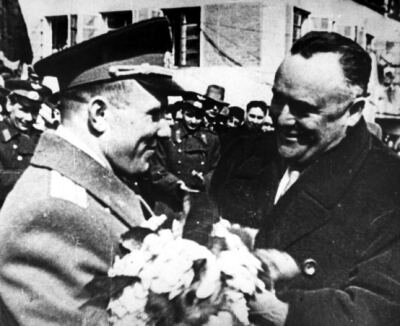
Less than four years after Sputnik 1, Korolev and Baikonur made another great leap forward. On 12 April 1961, a young Soviet Lieutenant called Yuri Gagarin lifted off from Launch Pad 1 to make the first manned orbit of the Earth. Over the years, hundreds of men and women have followed Gagarin into orbit; but once again there could only be one first, and once again it happened at Baikonur.
Visitors can still see the modest wooden house where Korolev worked long hours on "the conquest of space", and the equally modest building where Gagarin spent the night before his triumphant launch. The sense of space history is hauntingly strong Baikonur has seen its disasters and its disappointments, too.
The heaviest human cost was in October 1960, when more than 100 were killed in the launchpad explosion of a prototype missile. Korolev himself died suddenly in January, 1966 in the course of a surgical operation and a year later, when when the recovery system failed on early Soyuz vehicle, Vladimir Komarov became the first cosmonaut to lose his life on a space mission.
The greatest disappointment in the 1960s, though, was the failure of the giant N-1 rocket that Korolev had hoped would beat Apollo to the Moon. Huge - it weighed 2750 tons - and overly complex, the N-1 never made a successful launch.
With the Moon race lost, the Soviet Union was still able to lead the world in developing space station technology, first with the Salyut modules and ultimately the Mir station, which from 1986 onward pioneered the way for today's ISS. Baikonur was still chalking up space triumphs. But by then the Soviet economy was in dire straits, and the Soviet Union fast approaching terminal collapse.
The most immediate casualty was the Buran shuttle program. Carried by the huge, hydrogen-burning Energia rocket, Buran was to have rivalled NASA's Space Shuttle. But it made only one - unmanned - flight. The fact that the test launch and recovery went perfectly made the project's demise even more galling to the thousands of scientists and engineers who had worked on it.
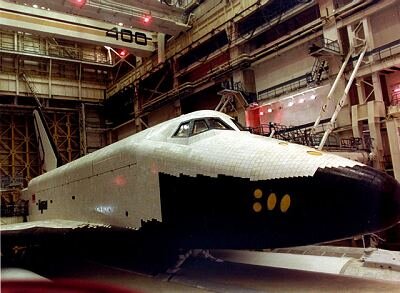
Buran is still at Baikonur. Beneath the leaking roof of a huge, purpose-built assembly building, three Energia launchers still languish, one with a shuttle craft mounted and seemingly ready to go. Outside, railroad tracks lead to the Buran launch complex. The concrete is crumbling now, the giant gantries a rusting stairway to the stars that is now unsafe to climb. Not far distant another Buran shuttle sits patiently in the open, scoured by the relentless steppe winds.
Almost certainly, Buran will never fly again. But worst days of economic difficulties are over now, and there are other stairways to the stars at Baikonur. The Proton, Zenit and Soyuz launchpads are all in regular operation. The cumbersome and secretive bureaucracy of the Soviet era has long gone. In its place, RSC-Energia, also and appropriately known as the "Korolev Rocket and Space Corporation" is vigorously developing commercial and technical contacts around the world. Commercial satellite launches for many nations provide bread-and-butter income. The ISS has generated a new age of international cooperation in space, and Baikonur Cosmodrome will play an important role.
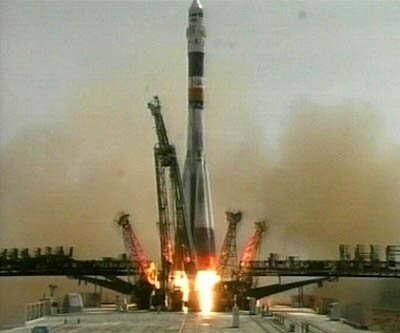
So will ESA, which over the years has developed a strong and mutually beneficial relationship with RSC-Energia and other Russian space operations. The 25 April 2002 Soyuz launch that took ESA's Roberto Vittori, Yuri Gidzenko and Mark Shuttleworth was only one example of that long-term cooperation.


